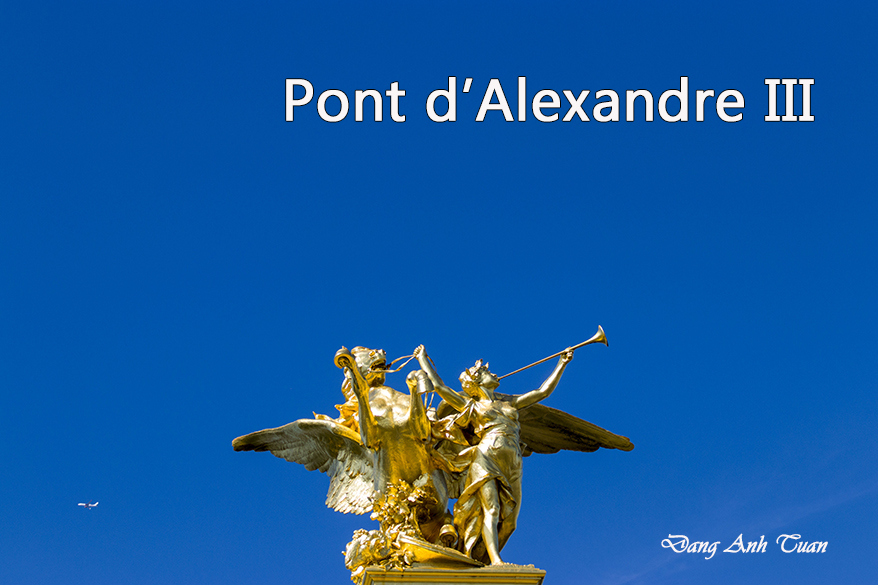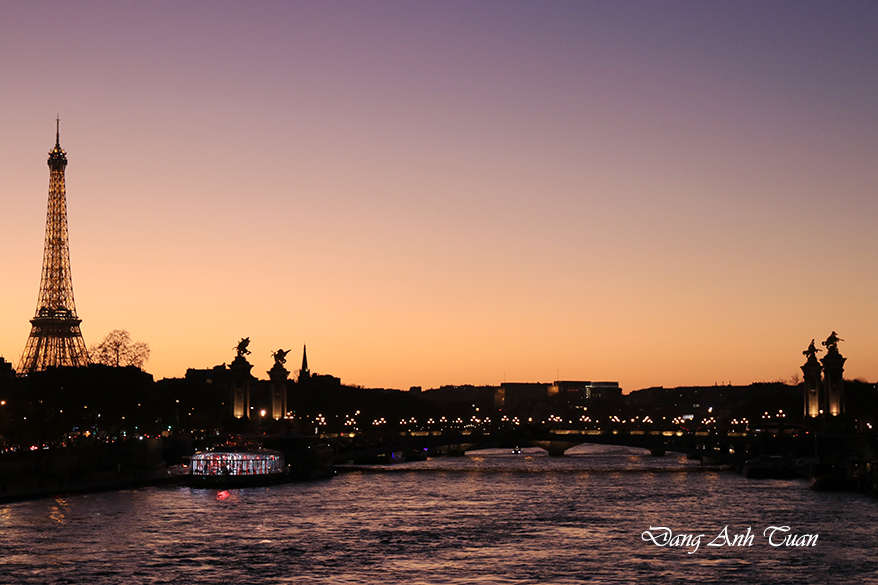
Version française
Verion anglaise
Galerie des photos
Nằm gần thành phố Melun, cách xa Paris khoảng chừng 50 cây số về phía nam, lầu đài Vaux le Vicomte ở Maincy là một công trình kiến trúc được xây dựng bỡi tử tước Nicolas Fouquet, người quản lý tài chánh của vua mặt trời Louis XIV (bộ trưởng bộ tài chính) dưới thời Mazarin từ 1658 tới 1661. Tuy nó nhỏ so với các lầu đài khác của Pháp, Vaux le Vicomte với phong cách baroque rất nỗi tiếng vì nó đem lại nguồn cảm hứng không ít về sau cho các lầu đài ở Âu Châu, nhất là với lầu đài Versailles. Đến đây du khách sẽ trông thấy sự hài hoà giữa kiến trúc và khu vườn dài 3 cây số phiá trước lầu đài khiến tạo ra một không gian hữu tình và hoành tráng. Phải nói đây nhờ sự đam mê nghệ thuật và tính hào phóng của Fouquet khiến ông tuyển lựa được ba nghệ nhân nổi tiếng vào thời điềm đó ở nước Pháp đó là kiến trúc sư Louis Le Vau, nhà thiết kế vườn cảnh André La Nôtre và nhà họa sĩ trang trí Charles Le Brun mà công trình kiến trúc Vaux le Vicomte được hoàn thành mỹ mãn.
Với lòng tự tin ở nơi vua, ông không ngần ngại đón tiếp Louis XIV ở lầu đài khiến tạo ở nơi vua sự ganh tị nhất là có những lời nói gièm pha của Colbert ở bên cạnh. Ba tuần lễ sau, Fouquet bị bắt giữ bỡi trung úy D’Artagnan và đưa ra trước toà án đặc biệt. Fouquet được trả lại tự do nhưng bị trục xuất vĩnh viễn ra khỏi vương quốc. Để chứng tỏ quyền lực, vua Louis XIV hủy bỏ án phạt và giảm tội nhốt Fouquet ở tù chung thân ở lầu đài Pignerol cho đến chết vào năm 1680. Vaux le Vicomte là một kiệt tác sáng lập vườn hoa Pháp ở thế kỷ 17 mà cũng là một điạ điểm du lịch ở Paris mà du khách không thể bỏ qua dù biết đi tham quan có nhiều trở ngại nếu không có xe.
Version française
Non loin de la ville Melun et situé environ à 50 km au sud de Paris, le château Vaux le Vicomte (Maincy) est un ouvrage architectural réalisé par le vicomte Nicolas Fouquet, le gestionnaire des finances du roi soleil Louis XIV (ou ministre des finances) à l’époque de Mazarin de 1658 à 1661. Malgré sa petite taille comparée à celles des autres châteaux de France, Vaux le Vicomte est très connu avec son style baroque car il apporte une inspiration et un modèle aux autres châteaux d’Europe, en particulier à celui de Versailles de Louis XIV. En venant ici, le touriste verra l’harmonie entre l’architecture et le jardin long de 3 kilomètres devant le château, ce qui crée un espace artistique et monumental. Il faut reconnaître que grâce à sa passion pour les arts et à sa générosité Fouquet réussît à recruter à cette époque 3 artistes célèbres dans la réalisation de son château: l’architecte Louis Le Vau, le jardinier paysagiste André le Nôtre et le peintre décorateur Charles Le Brun.
C’est une belle réalisation de son temps. Ayant eu une confiance absolue au roi, il ne tenait pas compte des critiques de la part de Colbert son futur remplaçant plus tard et n’hésita pas à donner une réception grandiose en l’honneur du roi au château Vaux le Vicomte lors d’une fête. Jaloux, le roi ordonna trois semaines plus tard son arrestation supervisée par le sous lieutenant d’Artagnan. Il fut traduit devant un tribunal d’exception. Malgré cela, Fouquet obtint le bannissement définitif hors du royaume. Pour marquer son autorité, le roi cassa la sentence et commua sa peine en prison à vie. Il fut interné dans le château Pignerol jusqu’à sa mort en 1680. Vaux le Vicomte n’est pas seulement un chef d’œuvre de création du jardin à la française au 17ème siècle mais aussi un site touristique à ne pas manquer malgré les difficultés que le touriste peut avoir s’il n’a pas les moyens de déplacement en voiture. Il faut compter 3 heures (aller-retour) avec le train et le bus du château.
Version anglaise
Not far from the town of Melun and located about 50 km south of Paris, the Vaux le Vicomte castle (Maincy) is an architectural work created by Viscount Nicolas Fouquet, the finance manager of the Sun King Louis XIV (or finance minister) during the Mazarin era from 1658 to 1661. Despite its small size compared to other castles in France, Vaux le Vicomte is very well-known for its Baroque style because it provides inspiration and a model for other castles in Europe, particularly that of Louis XIV’s Versailles. Visitors here will see the harmony between the architecture and the 3-kilometer-long garden in front of the castle, creating an artistic and monumental space. It must be acknowledged that thanks to his passion for the arts and generosity, Fouquet succeeded in recruiting three famous artists for the creation of his castle: the architect Louis Le Vau, the landscape gardener André le Nôtre, and the decorative painter Charles Le Brun.
It is a beautiful achievement of its time. Having absolute confidence in the king, he did not pay attention to the criticisms from Colbert, his future replacement, and did not hesitate to hold a grand reception in honor of the king at the Vaux le Vicomte castle during a celebration. Jealous, the king ordered his arrest three weeks later, supervised by the lieutenant under d’Artagnan. He was brought before a special tribunal. Despite this, Fouquet was sentenced to permanent banishment from the kingdom. To assert his authority, the king overturned the sentence and commuted his punishment to life imprisonment. He was confined in the Pignerol castle until his death in 1680. Vaux le Vicomte is not only a masterpiece of French formal garden design from the 17th century but also a tourist site not to be missed despite the difficulties tourists may face if they do not have means of transportation by car. It takes about 3 hours (round trip) by train and bus from the castle.
Galerie des photos
[Return PARIS et ses sites]




